|
Although I espouse the principles of planting for wildlife, I always seem surprised when it actually works. Wildlife need food, water, cover and a place to raise their young in order to live. Though there’s little in this world I can control, there’s an opportunity to make a difference when we plant for wildlife. Though sometimes I may put a handful of sunflower seeds on the “seed table” for the resident cardinals or blue jays, I don’t feed the critters. I do make sure my planting choices and practices are compatible with the needs of our native creatures. The best thing you can do to attract wildlife is plant native plants and they will come. Critters can be pretty sneaky. Case in point: the gardener picked a ripe avocado and put it beside his lunchbox only to return to find it had disappeared. Hmmm? He assumed I had picked it up. I had not. A short while later we opened a storage box and there was movement and I screamed (of course), as I’ve never become accustomed to actually seeing wildlife in my yard, and an enormous possum crawled out. It must’ve weighed 15 pounds! It had been the culprit that stole the avocado, and by the looks of things may have consumed many more. The possum just lumbered off when it saw us. My thought is there’s enough here for both of us, and I don’t mind sharing some fruit or produce from my garden. One morning in January while surveying the yard, looking for ripe fruit or vegetables, and clearing up any rotting fruit on the ground, I came across what appeared to be a dead possum. It was intact, no appearance of foul play, although I am aware that some homeowners put out bait to kill the rats, so perhaps this critter was an unfortunate secondary victim, since their diet consists of mice and rats… perhaps it ate a poisoned rat. Opossums are nature’s “Sanitation Engineers”. They also eat insects including cockroaches, crickets and beetles, and snails, as well as dead meat. I picked it up, placed it in a grocery bag, and put it in the trashcan. I didn’t think any more of it. That is until I told the story to a naturalist who asked me if I was sure it wasn’t “Playing Possum”… you know, acting dead to dissuade a predator. A possum will hiss, growl and flash a mouthful of 50 fierce-looking teeth in hopes of scaring a predator. If that doesn’t work they will play dead, since the predator is less interested in dead meat. The naturalist said it’s an involuntary comatose-like state induced by extreme fear, and somehow the opossum’s body knows when the danger has passed. They could not control it, but would “come to” again. Nature’s mystery! Putting it that way, I was not able to say I tested for temperature or life signs. It just looked dead. That made my husband Ted remark,”When I die will you make sure you get a second opinion? to make sure I am dead?” He is one of a not so small fraternity / sorority / “e-ternity” of people who have died (for Ted 8 minutes flat-line) and come back to life. People who have had this experience return with glowing stories of family reunions, or a sense of knowing about the glory of the afterlife.  “We discovered a large possum enjoying some scraps outside the front door the other night. We used to have one who came so regularly every evening you could set your watch by him. I do believe that nothing in nature is ugly; however, I must also admit that there are some things that aren't exactly beautiful, and the possum is one them! This particular one was quite tame and would be quite still to be stroked. His coat was as silky and soft as goose down which made him beautiful to touch. Perhaps we lay too much store in believing beauty to be a visual thing, whereas in fact it should involve all the senses.” (January 1980 - TORN (The Ocean Reef News) AN OPOSSUM RESCUE One lucky orphaned possum was adopted by my webmaster Brittney Novalsky, who named it “Paris”, and she raised it from the size of a tiny mouse until 3 years old. Brittney says Paris loved to cuddle, go on bike rides, and had a very special diet to keep her healthy. She drove an hour round trip to get her quail eggs. Though a possum’s life span is a short 3-4 years, Brittney says the experience of knowing love from an opossum was worth it.
The opossum is North America’s only marsupial. Infants stay inside the mother’s pouch to nurse and develop, but if the mother dies while still nursing, her offspring rarely survive. At 7 weeks old, the young leave the pouch but stick close to mom, still nursing and often riding atop her back.
1 Comment
If you have ever visited the parking lot at Key Largo Publix, you have undoubtedly seen the chickens there. Great idea for a story, but why weren’t they there mid-afternoon on a weekday when I actually have my camera to take their photograph? I drove the whole lot, and all I saw were some chicken feathers. Thinking the worst… did the gentrification squad move them away? My friend said when she was shopping early on a Sunday they were everywhere… even blocking the road, as if daring you to drive-by. So I returned early one morning, and there they were in all their parading, pecking, crowing, scratching glory. Luckily I had finished photographing by the time the parking lot clean-up crew, with their blowers and weedwackers arrived, and the chickens and roosters dispersed into the woods. Now that I know their routine, tell me, “where did they come from and why do they stay?” The chicken (Gallus domesticus) is a domesticated species that arose from the jungle fowl that was originally found throughout the Caribbean, including Cuba. Early settlers in the Keys, many from the Caribbean Islands of the Bahamas and Cuba, kept chicken coups and used them to feed themselves, consuming both the meat and their eggs. The 10 Year War in Cuba (1868-1878), a war led by planters and wealthy Cubans for independence from Spain, caused many Cubans to migrate to Key West. There were three Cuban wars for independence, the last of which escalated to the United State’s involvement in the Spanish American War, after the sinking of the USS Maine in Havana Harbor in 1898. A 1906 postcard of sailors betting on a cockfight depicted everyday life aboard warships during WWI. These sailors must have adopted some of the traditions of the countries they were protecting. Cubans arriving in Key West fleeing a war brought with them their Cuban heritage, including their roosters and the sport of cockfighting. Is it fair to say the Cuban roosters qualify as military veterans or AWOL? Cockfighting thrived in the Keys until it was outlawed in the 1970’s; no longer being of use to their owners, these roosters were released into the streets of Key West. Few are aware that back in the mid-80’s a flourishing illegal cockfighting business was going on in north Key Largo, just off CR 905 about a mile south of the three way at Card Sound Road. On weekends I recall seeing many cars turn off the main road and drive into the hammocks. At a glance, it didn’t look like it was a family picnic. The conversation was loud and exclusively Spanish; there were guards checking all who entered, a few women, but mostly a lot of older Cubans with lots of cash and many bodyguards with lots of guns. Hidden behind the trees was a huge steel frame building that law enforcement called “The Chicken Ranch”. There were numbered seats surrounding an open ring in the center, where the cockfighting took place. The roosters were raised in chicken farms on Rockland Key, from former Cuban-bred roosters, known for their territorial and aggressive tendencies. The illegal operation was raided, and shut down permanently around 1987-88. So with hens no longer being kept in coups for food, and roosters no longer being needed for the wagers, these released feral fowl hooked-up and are free-ranging through the Keys. In Key West, whose unofficial mascot is the chicken, locals call their chickens “gypsy chickens” as they roam freely everywhere. So much so that the City of Key West funds a program to rescue, care for the sick and injured, and re-home the chickens. Many of the chickens from Key West are trucked to farms on the mainland, to continue their free-range lives. Did a few jump off the transport in the parking lot in Key Largo? And now they are here, they are officially staying since obviously someone is feeding them, and I suppose no-one is particularly bothered by the rooster’s early morning crowing. I find them amusing and a small reminder of our early Caribbean island roots.
Imagine living in South Florida or the Florida Keys without some type of protection from the “mosquito”. Mosquitos are the most well known of the biting flies, but “no-see-ums,” their “all teeth”, nearly invisible cousin, are a force to be reckoned with. Belonging to the Ceratopogonidae family, their common name actually refers to a specific type of tiny biting fly. also known as midges, biting gnats, or sand flies, who depend on a supply of fresh human blood to reproduce, There are about four thousand species of these insects, found in almost all parts of the world, where there is suitable wet habitat for multiplying. The prevailing thought in the early 1900’s was that diking and draining the Everglades was needed to make South Florida habitable. Snowbirds came in December, and fled north in late spring, before it became muggy and buggy. Politicians needed more money, so their goal was to get people to visit longer, and eventually move here. Governor Napoleon Broward (1905-09), campaigned on a promise that “All that was needed to turn a worthless swamp into rich farmland was to knock a hole in the wall of coral and let a body of water obey natural law and seek the level of the sea.” Well, we know how that turned out. Florida's natural beauty laid waste to the bulldozer, and the natural drainage and filtering system, would be gone forever. I often wonder how the early settlers survived. The book “Charlotte’s Story”, tells the story of Russ and Charlotte Neidhauk who served as caretakers on the island of Elliott Key, the largest Key in Biscayne Bay, from 1934-35. They describe daily life without running water or power, farming and fishing to feed themselves. They lived in harmony with nature, using only what was available on the island or washed ashore via the “Overseas Lumber Company.“ Neidhauk wrote about mosquitos and no-see-ums: “When you get rain, you will soon have mosquitos. To get rid of mosquitos you need to eliminate the water where they live and reproduce. On the other hand sand fleas, live in just smelly, muck anywhere that has a food source and is damp. No way to eliminate them. To protect ourselves from them in the house, we oiled the screens, burned pyrethrum powder in a burner Russ had made with a pumice base and slotted coconut shell top. When we had to go out in them, we applied Vicks Salve to exposed areas. Eventually we discovered a screen paint which kept most of them outside. Mothballs dissolved in kerosene, helped keep these "Flying teeth" out. “ Ironically, Charlotte’s father, J. P. Arpin, had been a reclamation and drainage engineer for Gov. Broward. You just can’t control mother nature, The island was vacated after the Great Labor Day Hurricane of 1935, when salt water and waves submerged the island, destroying the homes and ruining the farmland. Island homes belonging to the early settlers, Conchs and fishermen, were close to the water, on dry elevated lots. They relied on prevailing winds to keep them cool and relatively bug-free. The "window" openings had screens and shutters, but no windows. My first apartment in the Keys was a “fish camp” type structure made from wooden forms, once used to construct homes in 1960’s era Miami. The landlord “Blinky” handed me a spray can of “Screen Pruf”, and explained this is what to spray on the window screens to keep the no-see-ums out. It was a thick black tar-like substance, and it definitely worked keeping out the bugs, but it sure messed up the view! These were the days before no-see-ums screen, a smaller 20 mesh size screen, which keeps no-see-ums out, though it does limit air flow through the screens. What can we do to live with no-see-ums? Spraying is not practical, as a new crop of no-see-ums are hatching daily. Environmental protections prohibit spraying pesticide over protected marshlands and water. We can wear protective clothing, or apply repellent. Bug repellents containing DEET are labeled for use against no-see-ums and mosquitos. A healthy alternative to chemicals is a homemade no-see-ums spray containing rosemary and alcohol. If you do get bit, wintergreen alcohol stops the itching within a minute and stays gone for hours. Best defense… It is a good idea to research vacation destinations and potential homesites, so you can avoid times or locations with critters present to “bug” you. Or take a lesson from your teenager… just stay inside in the AC tethered to your electronic device. |
CAROL ELLIS
This photographic website provides me the opportunity for self-expression, for sharing Archives
May 2024
TAGS
All
|
© Copyright 2022. Carol Ellis Photography.
All Rights Reserved.












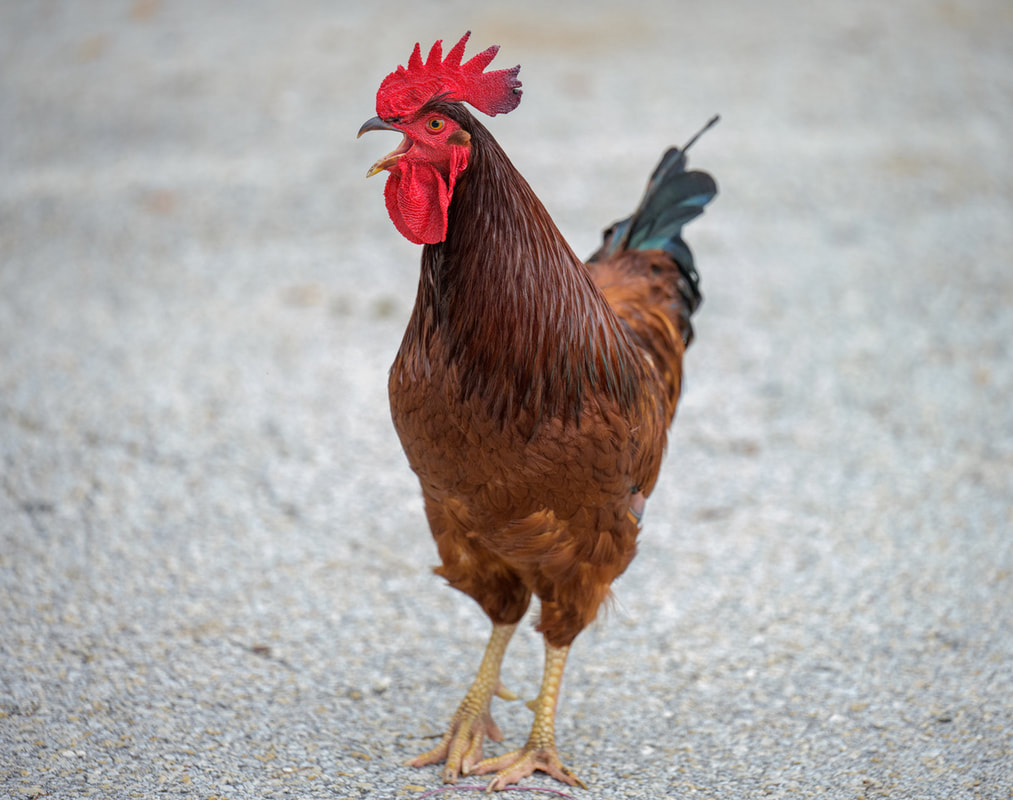
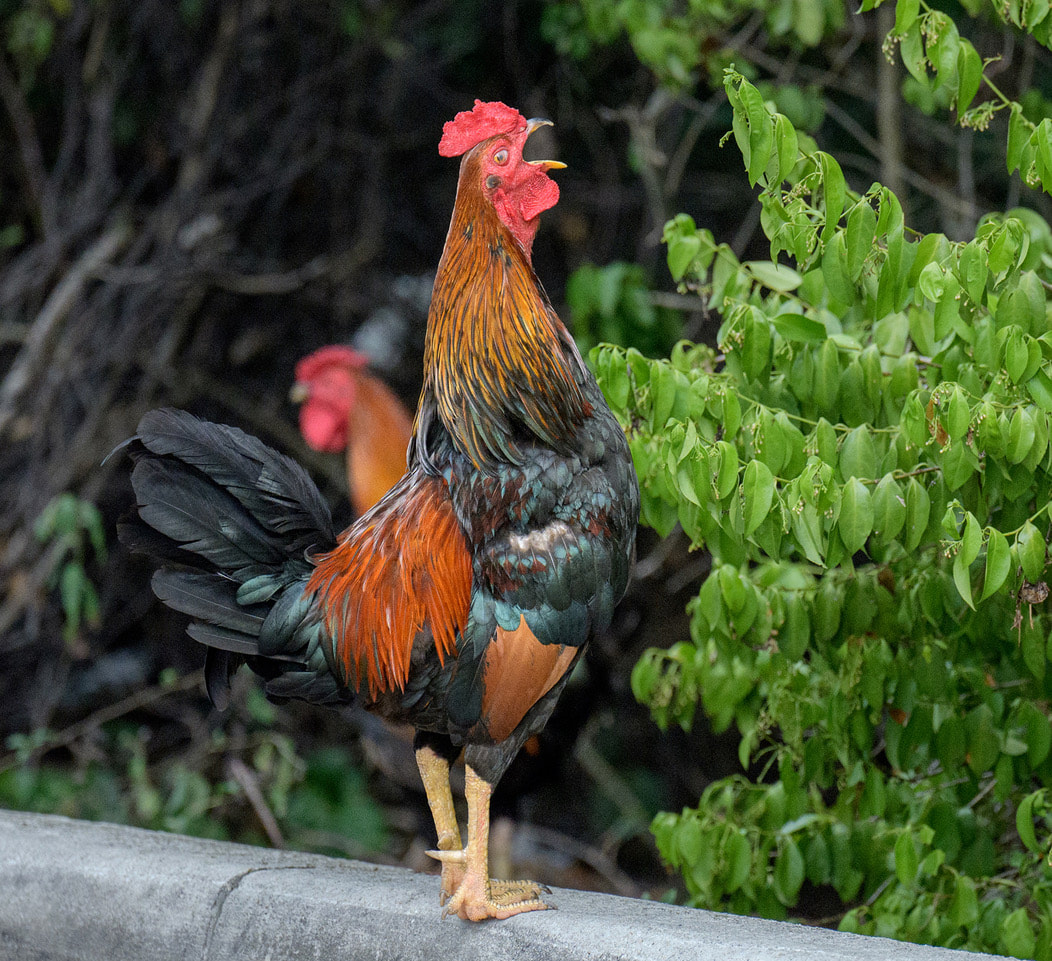
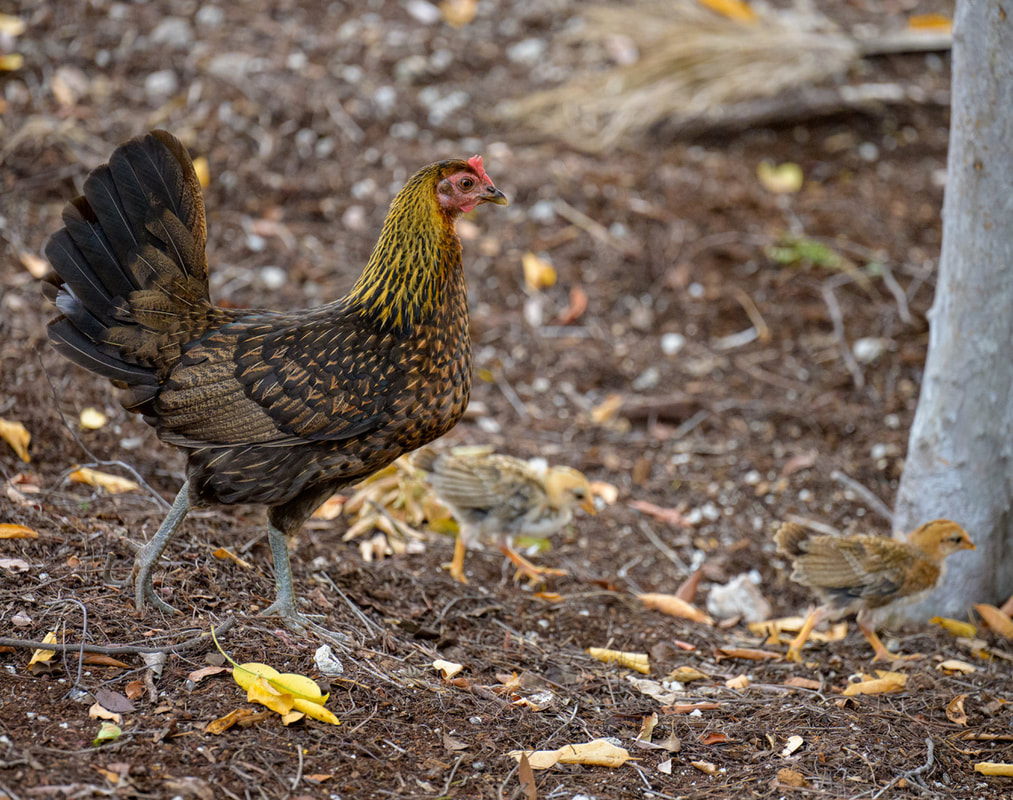

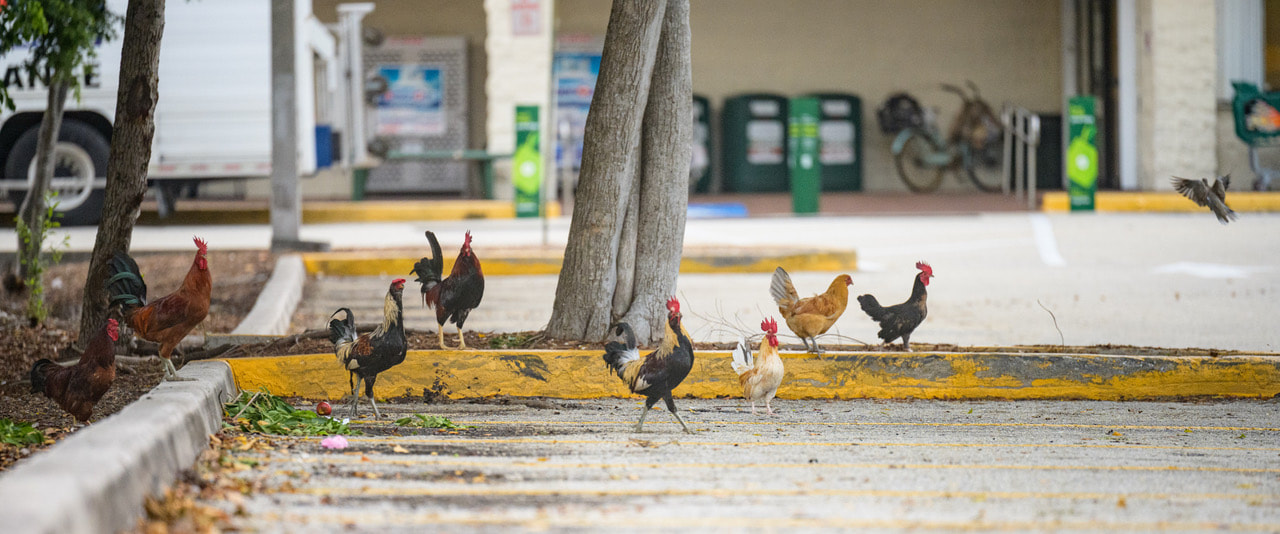
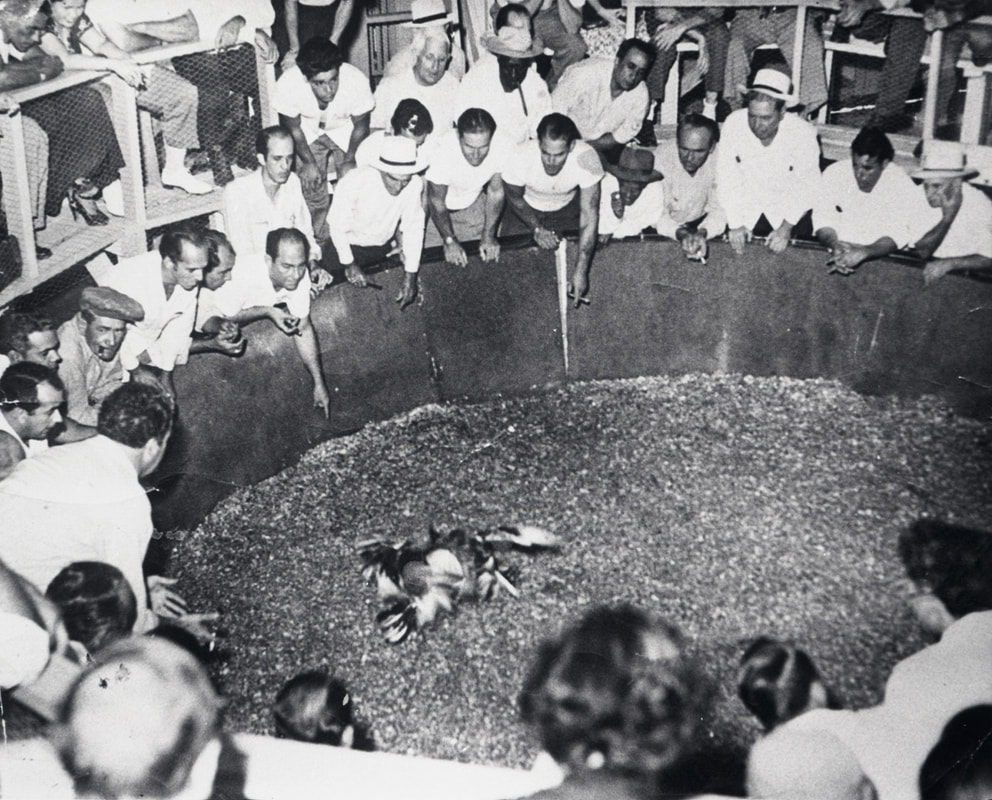
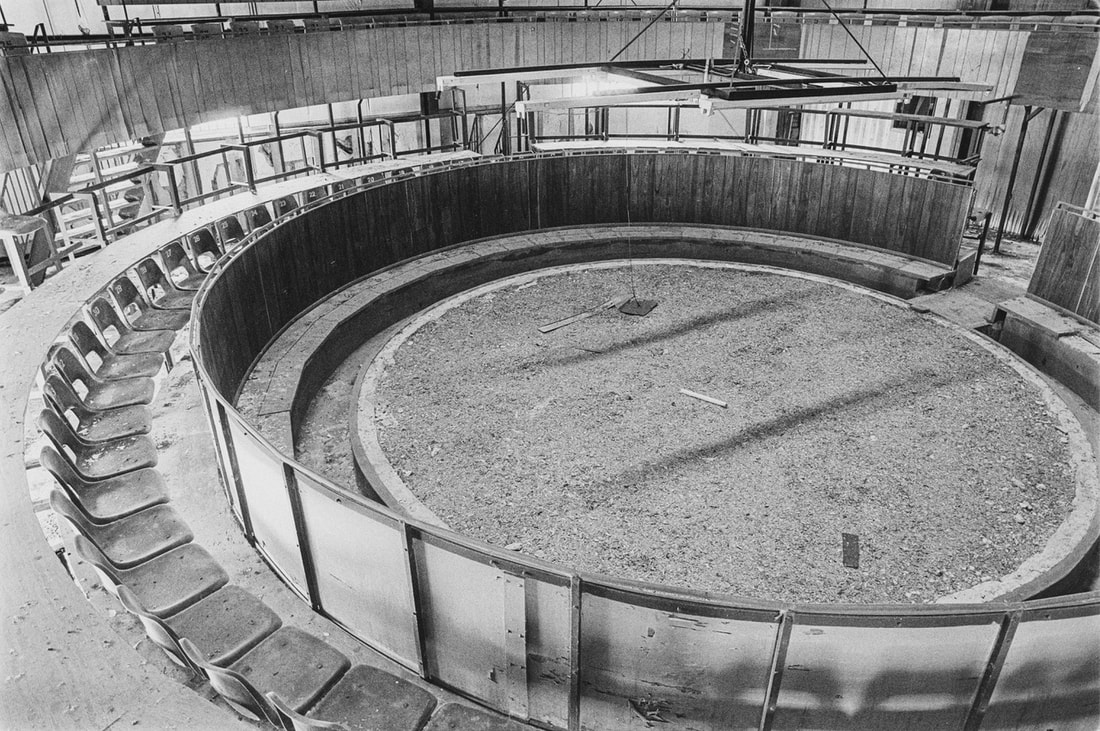
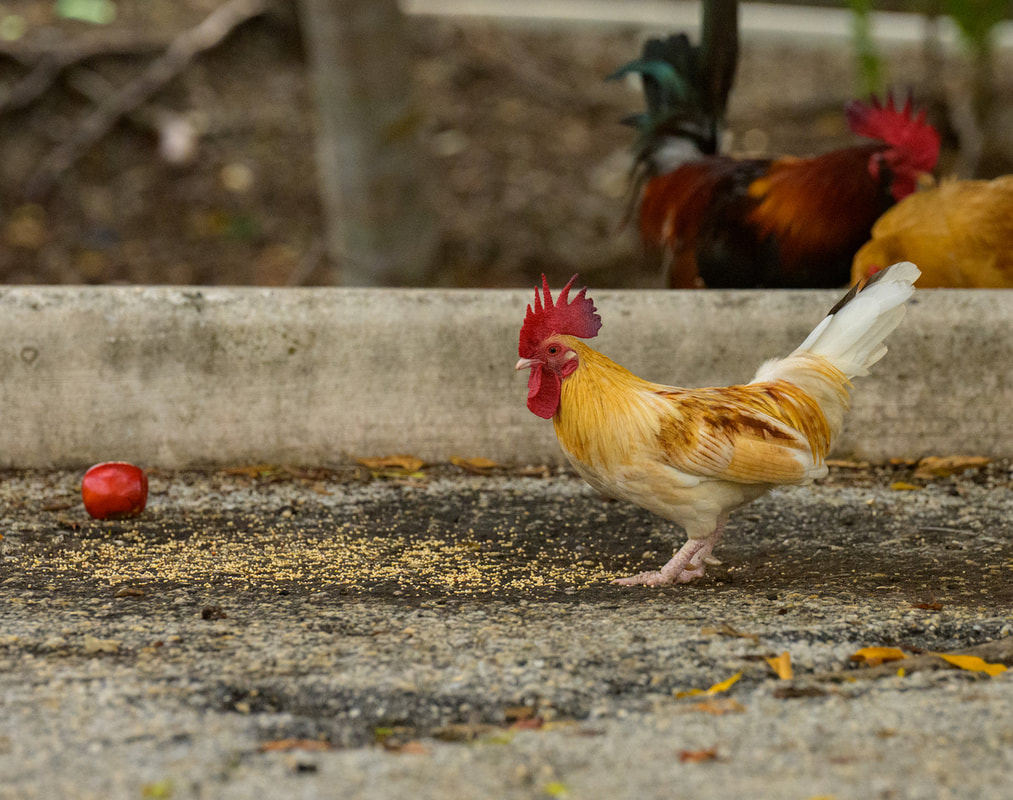
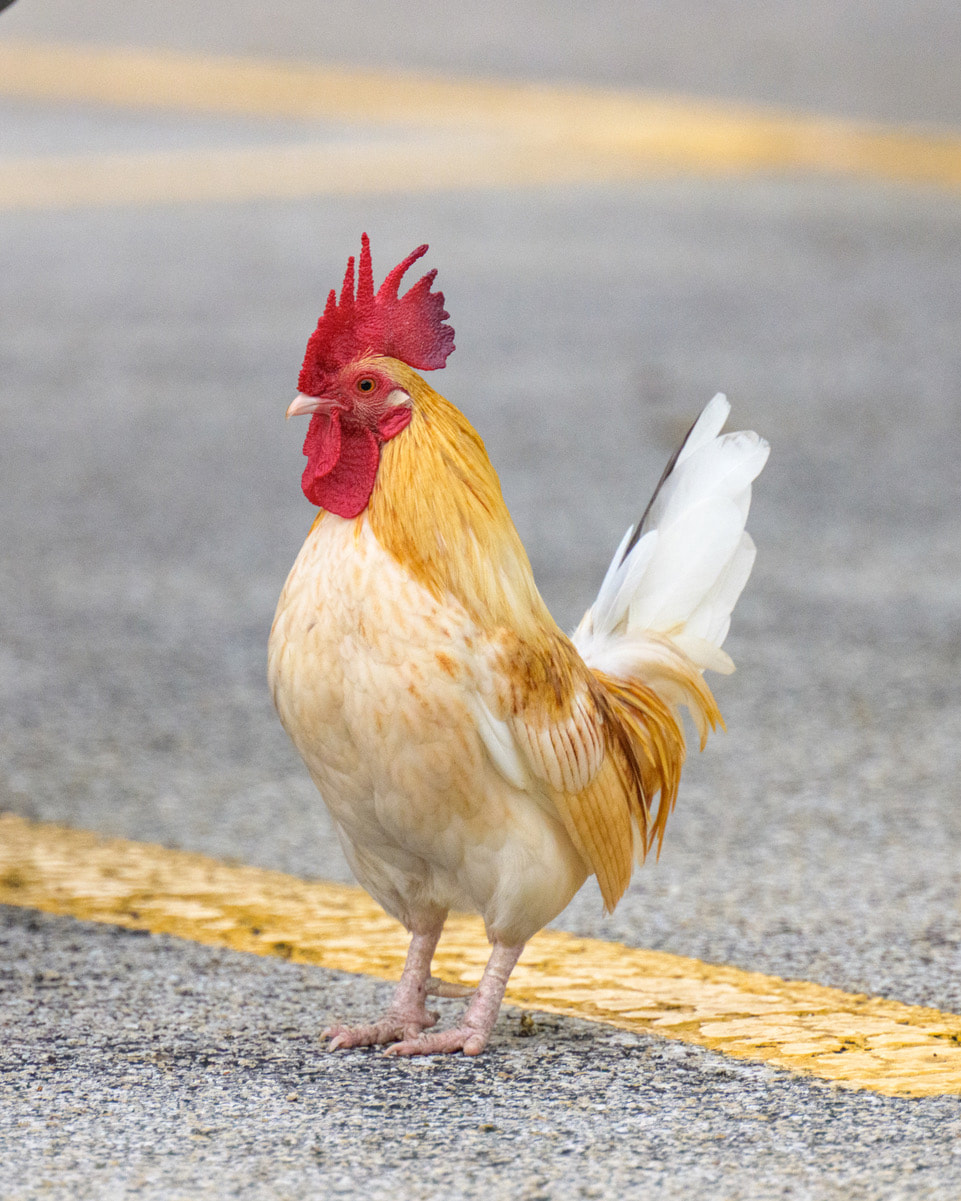
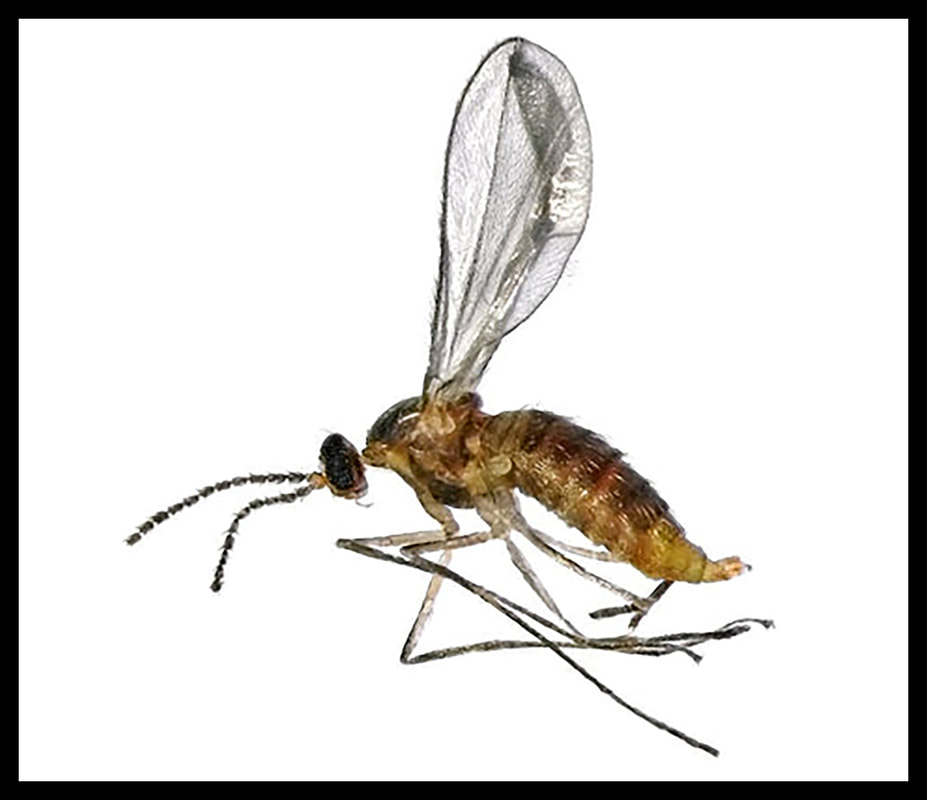
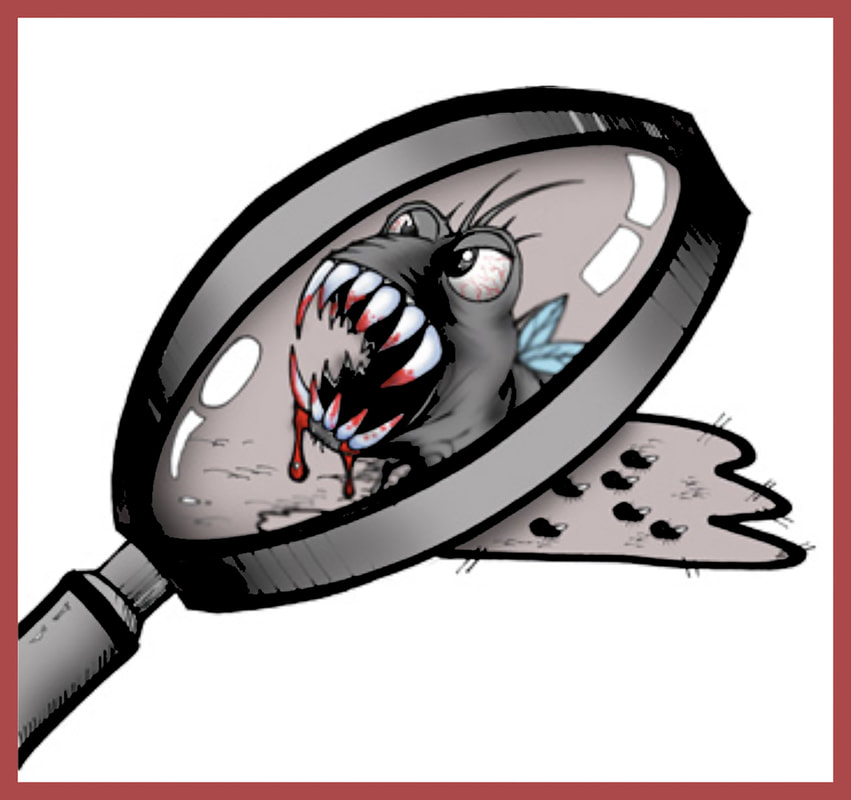

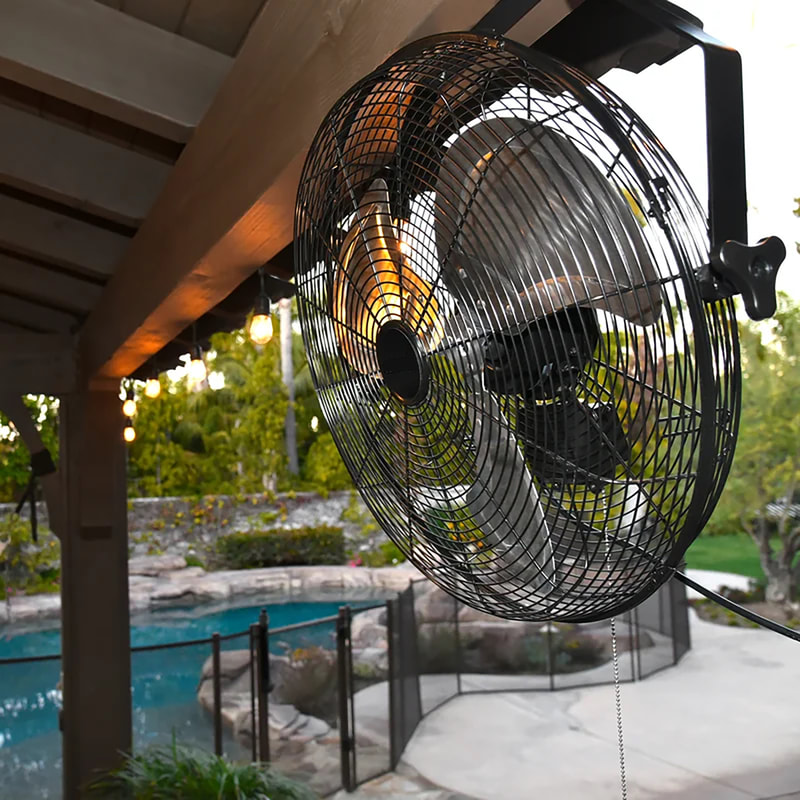
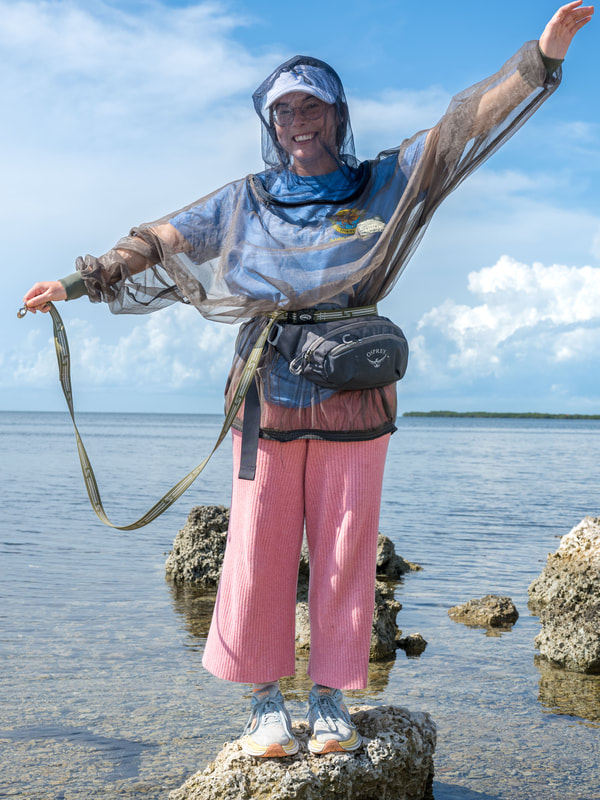
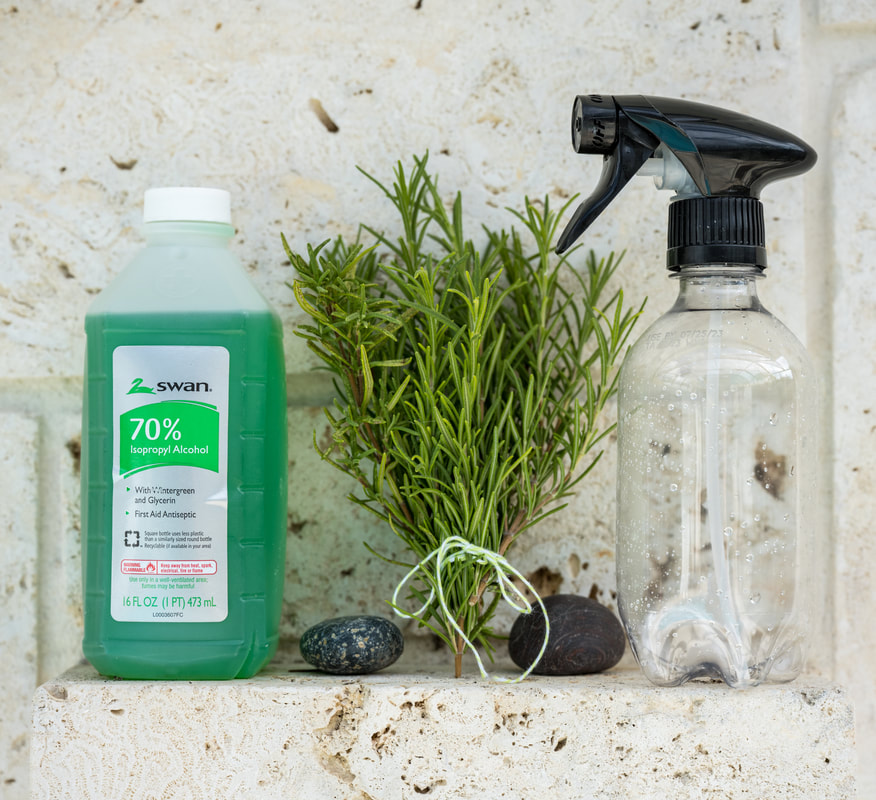
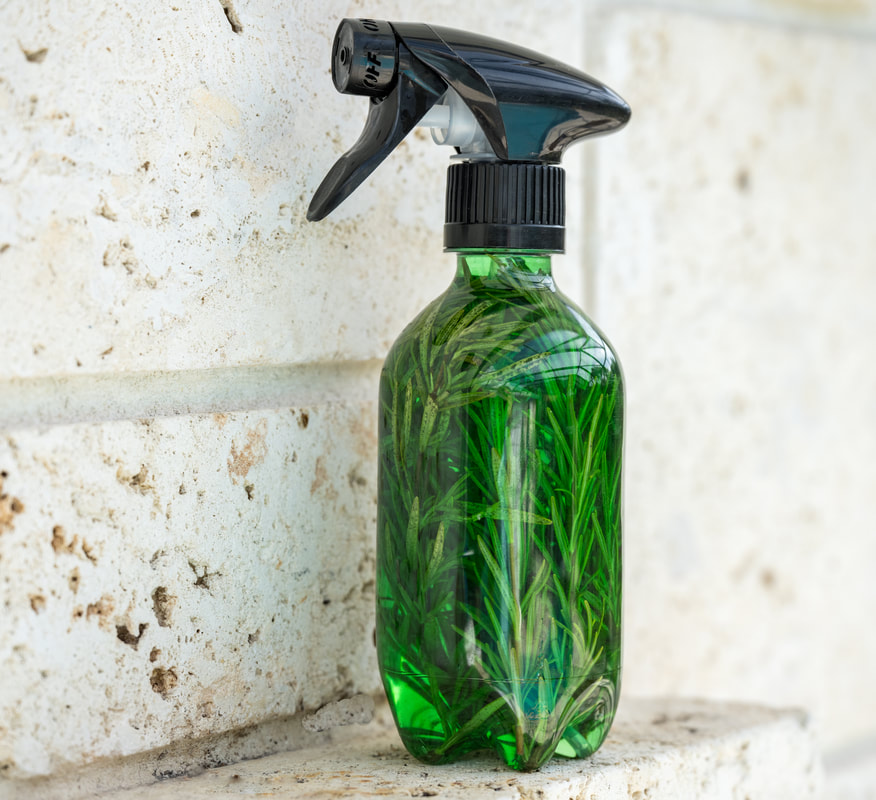

 RSS Feed
RSS Feed
